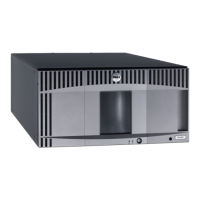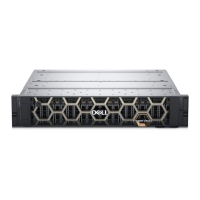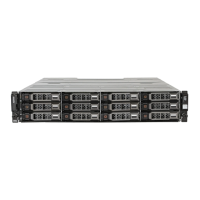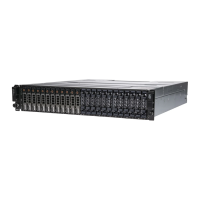Application Layer
An application program, separate from the key manager, initiates data transfer
for tape storage. See “Application-Managed Tape Encryption” for supported
applications.
Library Layer
The enclosure for tape storage, such as the Dell PowerVault TL2000/TL4000
and ML6000 family. A modern tape library contains an internal interface to
each tape drive within it.
Application-Managed Tape Encryption
This method is best where operating environments run an application already
capable of generating and managing encryption policies and keys. Policies
specifying when encryption is to be used are defined through the application
interface. The policies and keys pass through the data path between the application
layer and the encrypting tape drives. Encryption is the result of interaction
between the application and the encryption-enabled tape drive, and does not
require any changes to the system and library layers. Since the application
manages the encryption keys, volumes written and encrypted using the application
method can only be read using the application-managed encryption method, by
the same application that wrote them.
Encryption Key Manager is not required by, or used by, application-managed
tape encryption.
The following minimum version applications can be used to manage encryption:
v CommVault Galaxy 7.0 SP1
v Symantec Backup Exec 12
Library
Library Drive Interface
Application
Policy
Policy
or
Data Path
Data Path
a14m0252
Figure 1-2. Two possible locations for encryption policy engine and key management.
1-4 Dell Encryption Key Mgr User's Guide
